Table of Contents (click to expand)
A supernova is a star that has reached the end of its life and has exploded. The light from a supernova can be seen from billions of light years away and is so bright that it can outshine an entire galaxy. Supernovae are important because they help create new elements and distribute them throughout the universe.
A dazzling bright star sparkled into view in the corner of the night sky while you gazed out into the cosmic void. It was a mere speck in the vast fabric of space, one among a million more, but something was different about this particular twinkler. This spectacular light show wasn’t there a few hours ago, yet now it burns like a beacon!
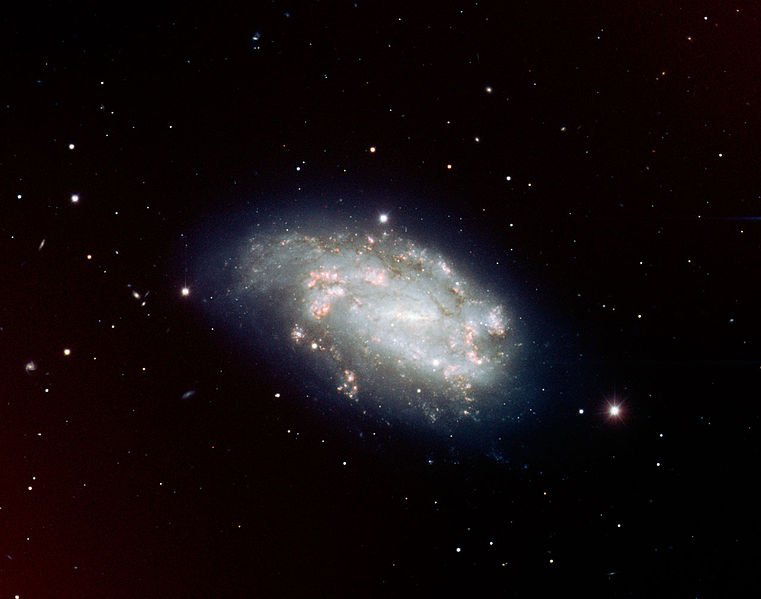
That bright star wasn’t actually a star, or at least, not anymore. That brilliant speck of light is actually the explosion of a supermassive star that has reached the very end of its long life, an event known as a supernova. The light pushed out by a supernova outshines our sun by more than a million times; even if it happens a billion light-years away from our galaxy, it will still stand out prominently among the others.
What Causes A Supernova?
A supernova occurs when there is a change in the core of a star, one much bigger than our sun. These changes can occur in two different ways, both of which result in a supernova.
The first type of supernova is associated with binary star systems. Binary stars are two stars that orbit the same point, or center of mass. When one of the stars—a white dwarf (a highly dense star not much bigger than our sun)—steals matter from its companion star as it orbits the axis, it begins to accumulate enormous amounts of matter. This causes the star to eventually explode, resulting in a supernova.
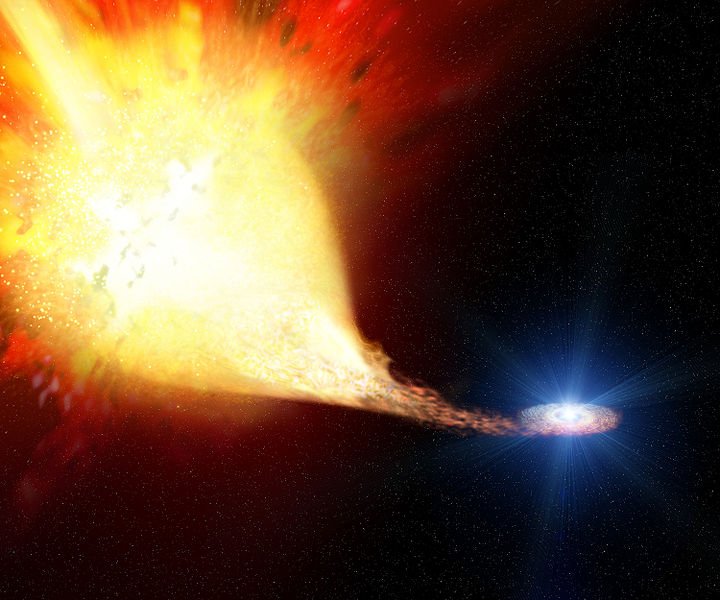
The second type of supernovae occurs at the end of a single massive star’s lifetime. It is important to note that not all stars “go supernova”; only those with at least five times the mass of our sun. After the star has burnt up its reserves, the nuclear fusion in the core comes to a standstill, and the star’s mass begins to flow into its core.
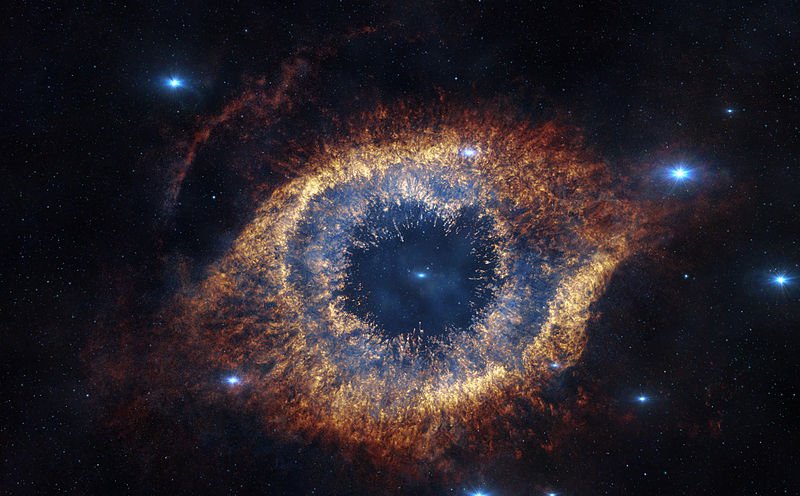
Eventually, the core gets immensely dense, to the point where it can no longer withstand its own gravitational force. This results in a core collapse, paving the way for a catastrophic and violent explosion, known as a supernova. Think about how massive our sun is, in comparison to its planets, and yet its mass is nowhere near a supermassive star that could end in a supernova.
Also Read: What Is The Life Cycle Of A Star ?
The Destroyer/Creator: Amazing Facts
- Supernovae can be brighter than an entire galaxy. One single supernova can easily outshine an entire galaxy of stars in its release of a single burst of energy. In a short period of time, it might generate more energy than what our sun might generate in its entire 10 billion-year lifespan.
- Most known elements are made in supernovae. The nuclear processes inside stars termed stellar nucleosynthesis, fuses hydrogen to create other elements. From helium to iron, as well as some larger elements, are all forged in the core of the star. However, the formation of the heavier elements requires something exponentially hotter, even more, energetic than the core of a star—those forces typically found in the instant of a supernova!
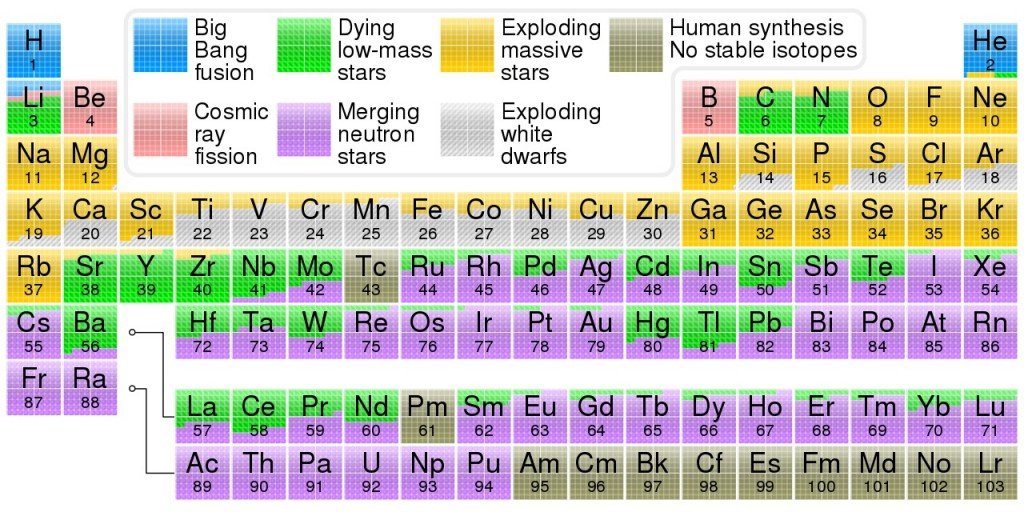
- Approximately, every one second, a supernova occurs. Supernovae happen more often than you might imagine. Luckily, the Milky Way only has an average of two supernovae per century, so trying to observe one at the moment it happens is a tricky task. The last supernova that was directly observed in our galaxy was over 400 years ago. Its viewer and namesake, Johannes Kepler, referred to it as SN 1604 and thought the supernova was a new type of star.
- Not all supernovae are star destroyers. In some instances, stellar explosions don’t end up destroying their progenitor stars: these are known as stellar impostors. They can’t be considered true supernovae, although they can easily be mistaken for one. Instead, they can be considered an especially powerful nova, something quite similar to a supernova, which causes a star to release a significantly increased amount of energy for a short period.
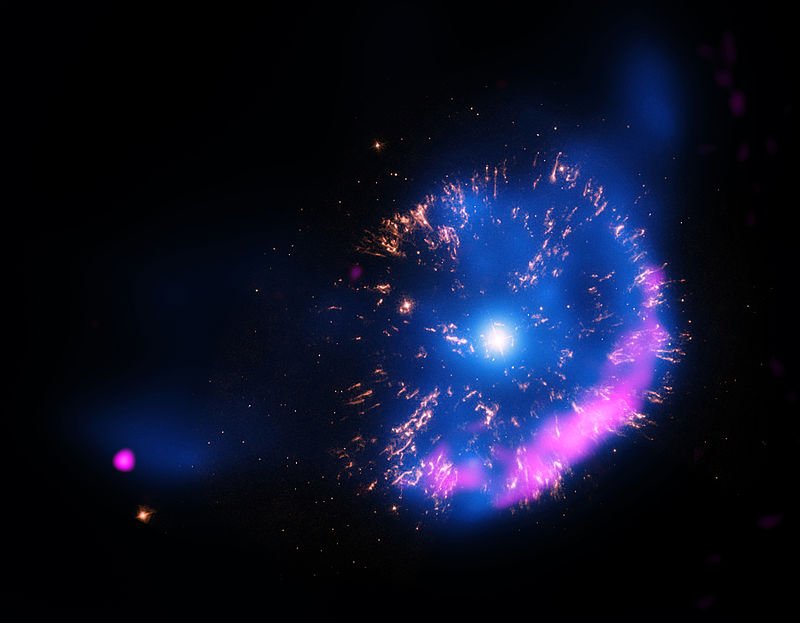
- The Creators of incredibly beautiful remnants. The result of immense and apparently destructive forces are often quite stunning. Some of the most magnificent stellar objects in existence – the dream of every astronomer to observe in their lifetime – were created by supernovae that occurred hundreds and thousands of epochs ago.
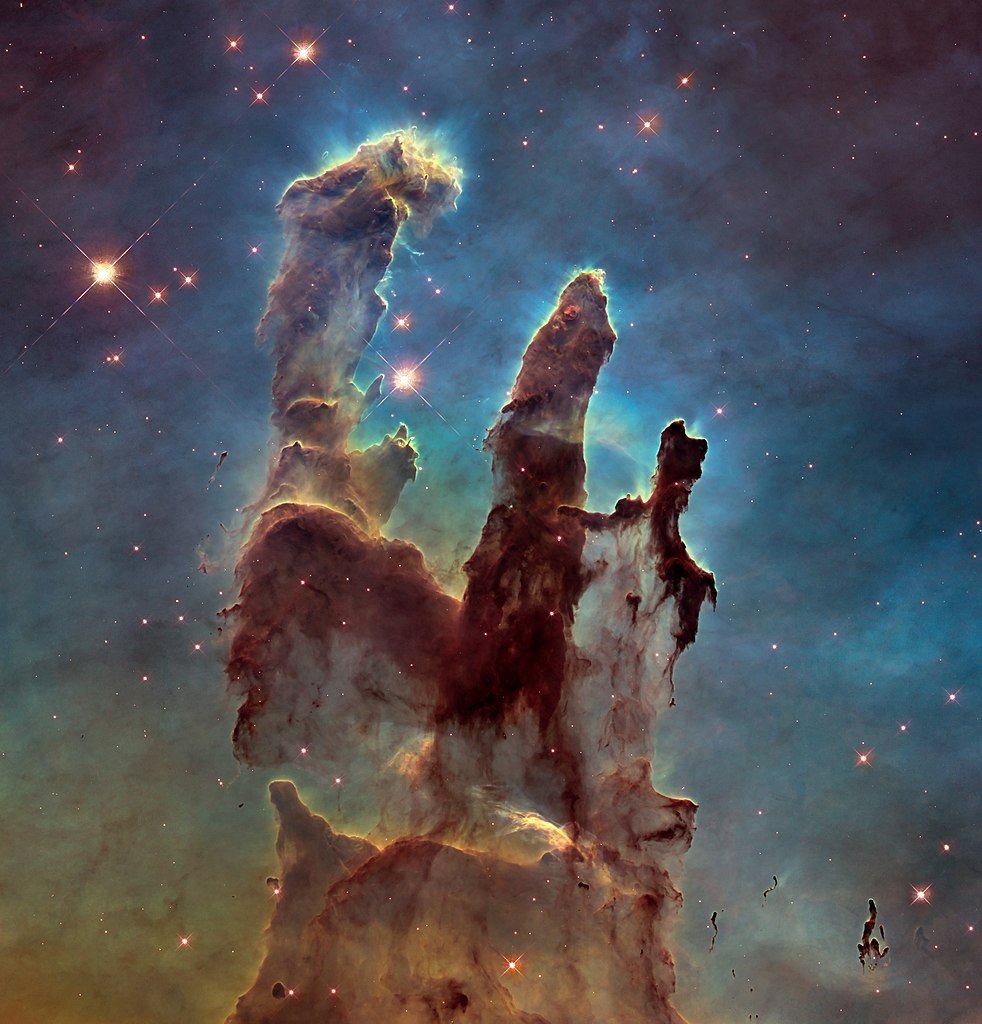
Also Read: Where Do Stars Get Their Hydrogen From?
But Why Do Scientists Study Supernovae?
A supernova only burns for a small while, yet each one lets out an incredible amount of information regarding our universe.
Supernovae have shown scientists that we live in an expanding universe (by observing the redshift), one that is growing at an ever-increasing rate. Astronomers have concluded that supernovae play a vital role in distributing the elements produced in their cores throughout the universe.
When a star explodes, it shoots out elements and debris into space that span millions of miles and eventually condense to create new stars or celestial bodies. Most of the elements we find here on Earth likely had their origins in the core of a star These elements move on to form new stars, planets and every cosmic entity existing in the universe.

The sight of a supernova explosion might be awful and mesmerizing at the same time, as the beauty of destruction is not always euphoric, yet these humbling events are the celestial distributors of seeds, the explosive pillars of creation.
How well do you understand the article above!

References (click to expand)
- Supernovae - Hyperphysics. Georgia State University
- 30 Interesting Supernova Facts. factslegend.org
- Mazzali, P. A., Valenti, S., Della Valle, M., Chincarini, G., Sauer, D. N., Benetti, S., … Turatto, M. (2008, August 29). The Metamorphosis of Supernova SN 2008D/XRF 080109: A Link Between Supernovae and GRBs/Hypernovae. Science. American Association for the Advancement of Science (AAAS).
